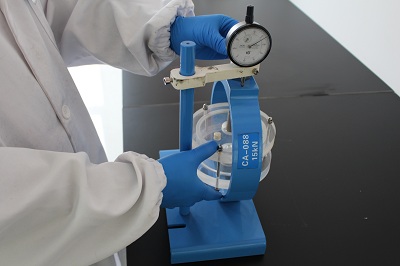corrosion test![]()
Valve detection![]()
Metallographic analysis![]()
component analysis![]()
Mechanical test![]()
failure analysis![]()
Nondestructive flaw detection![]()

2017-02-27 Rongda test 1139 times

Detection Purpose: Check the resistance of metal to stress corrosion
Detection range: Various metals and alloys
Stress corrosion refers to the damage caused by metal in corrosive medium under tensile stress. This corrosion is generally through the grain, known as transgranular corrosion. Stress corrosion a process of material failure resulting from a combination of strain and corrosion resulting from residual or applied stress. The fracture caused by stress corrosion is called stress corrosion fracture.
Stress corrosion is generally considered to be of anodic dissolution and hydrogen-induced cracking. The common mechanism of stress corrosion is as follows: under the action of stress and corrosion medium, the oxidation film on the surface of the part or component is corroded and destroyed. Since the anode area is much smaller than the cathode, the current density of the anode is very high, which further corrodes the damaged surface. With the action of tensile stress, cracks gradually formed at the failure point, and the cracks gradually extended until the fracture. Such cracks can develop not only along the boundaries of metal grains but also through them.
Last article: NO!